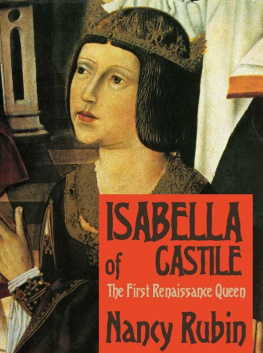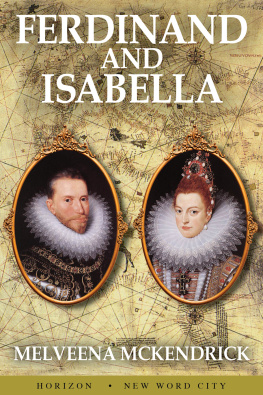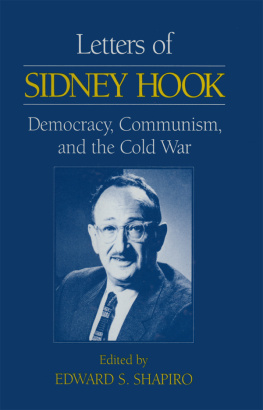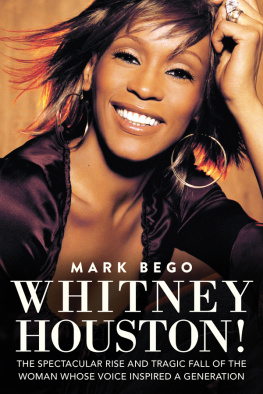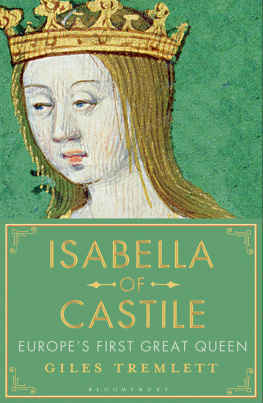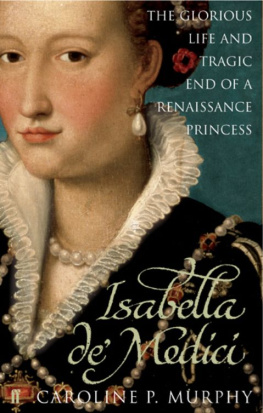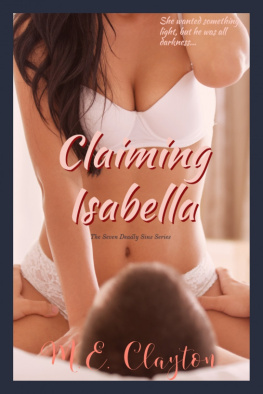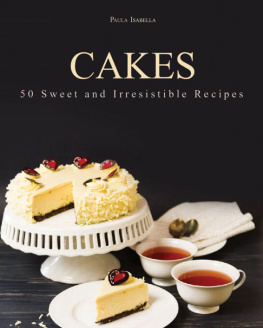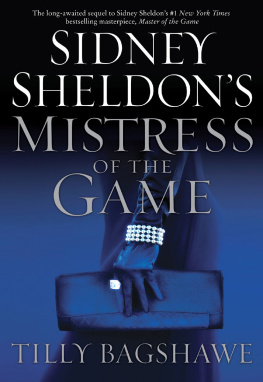
PENGUIN ENGLISH POETS
GENERAL EDITOR : CHRISTOPHER RICKS
ISABELLA WHITNEY, MARY SIDNEY
and AEMILIA LANYER:
RENAISSANCE WOMEN POETS
ISABELLA WHITNEY was born in the mid sixteenth century. There is little known about her life, but she appears to have been in service in London. During her life she published two volumes, The Copy of a Letter and A Sweet Nosgay. Her poems show a concern for womens lack of social and economic power, and evoke the nature of the City of London in the sixteenth century.
MARY SIDNEY (15611621) was the daughter of Sir Henry Sidney and younger sister of Philip Sidney. Although she received little formal education, she grew up surrounded by books and intellectual stimulation. She married the Earl of Pembroke in 1577. After the death of her brother in 1586, she oversaw publication of his works, including Arcadia, and completed his translation of the Psalms. She also translated Garniers Antonie, DuPlessis-Mornays Discourse of Life and Death and Petrarchs Triumph of Death, as well as writing some original poetry.
AEMILIA LANYER (15691645) was brought up in the home of the Countess of Kent. She was, for a time, the mistress of the Lord Chamberlain, Lord Hunsdon, and had a child by him, but was later married off to Alphonso Lanyer. Her poems advocate and praise female virtue and Christian piety, but reflect a desire for an idealized, classless world.
DANIELLE CLARKE was born in London and educated at St Hughs College, Oxford. She has published articles on Renaissance womens writing, critical theory and early modern literature, and is the co-editor of This Double Voice: Gendered Writing in Early Modern England and author of The Politics of Early Modern Womens Writing (2001). She is currently Lecturer in English at University College, Dublin.
ISABELLA WHITNEY, MARY SIDNEY
and AEMILIA LANYER:
RENAISSANCE WOMEN POETS
Edited by DANIELLE CLARKE
PENGUIN BOOKS
PENGUIN BOOKS
Published by the Penguin Group
Penguin Books Ltd, 80 Strand, London WC2R 0RL, England
Penguin Putnam Inc., 375 Hudson Street, New York, New York 10014, USA
Penguin Books Australia Ltd, 250 Camberwell Road, Camberwell, Victoria 3124, Australia
Penguin Books Canada Ltd, 10 Alcorn Avenue, Toronto, Ontario, Canada M4V 3B2
Penguin Books India (P) Ltd, 11 Community Centre, Panchsheel Park, New Delhi 110 017, India
Penguin Books (NZ) Ltd, Cnr Rosedale and Airborne Roads, Albany, Auckland, New Zealand
Penguin Books (South Africa) (Pty) Ltd, 24 Sturdee Avenue, Rosebank 2196, South Africa
Penguin Books Ltd, Registered Offices: 80 Strand, London WC2R 0RL, England
www.penguin.com
First published 2000
Selection, Introduction and Notes copyright Danielle Clarke, 2000
All rights reserved
The moral right of the editor has been asserted
Except in the United States of America, this book is sold subject to the condition that it shall not, by way of trade or otherwise, be lent, re-sold, hired out, or otherwise circulated without the publishers prior consent in any form of binding or cover other than that in which it is published and without a similar condition including this condition being imposed on the subsequent purchaser
ISBN: 9781101491478
CONTENTS
* * *
* * *
* * *
* * *
ACKNOWLEDGEMENTS
I am grateful to the following for permission to reproduce the texts in this volume: the British Library for Whitneys The copy of a letter and The lamentacion of a Gentilwoman, Sidney, A Dialogue betweene two shepheards and Lanyer, The Description of Cooke-ham; the Bodleian Library for Whitneys A sweet Nosgay, Mary Sidney, Psalmes and Lanyer, Salve Deus Rex Judorum; the Master and Benchers of the Inner Temple for Mary Sidneys The Triumph of Death; Oxford University Press for To the Angell spirit, taken from William A. Ringler Jr (ed.), The Poems of Sir Philip Sidney; and Penguin Press for Even now that Care, taken from David Norbrook and H. R. Woudhuysen (eds), The Penguin Book of Renaissance Verse.
Editing texts is a collaborative undertaking which requires the expertise of many minds, and I have been fortunate to have been able to draw upon the burgeoning scholarship on early modern women writers as well as the work of early pioneers. My indebtedness to Margaret Hannays work on Mary Sidney is clear on virtually every page, and I have learned much from the emerging generation of critics whose work is now beginning to appear: I would like to thank them collectively here. In a more proximate way, I have benefited from discussions of this material and the questions it raises over the course of the last few years. For support, inspiration and criticism I would like to thank Ros Ballaster, Julia Briggs, Elizabeth Clarke, Lorna Hutson, David Norbrook and Diane Purkiss. Many of the ideas presented here have been aired in earlier incarnations, and I would like to thank audiences in Belfast, Dublin, Reading and Oxford for their attention. For specific acts of kindness and pieces of information, I thank Ron Callan, Andrew Carpenter, Janet Clare, Anne-Marie DArcy, Mare Doyle, Emily Hamer, Anne Macdona, Susan McNulty, Jim Mays, Clona Gallchir, Catherine Pratt, Philippa Semper, Maria Stuart and Moynagh Sullivan. Elizabeth Macfarlane has facilitated this book in more ways than she knows, providing texts, books, references and, above all, encouragement. I am deeply grateful for her friendship. At Penguin I would like to thank Robert Mighall. Monica Schmoller has been an exemplary copy-editor and I owe her much gratitude. All errors which remain after her careful ministrations are, of course, my own. Finally, I would like to thank Risn, who has patiently endured these dead poets, and their preoccupied editor, for far too long.
INTRODUCTION
This edition, by bringing together three women poets Isabella Whitney, Mary Sidney and Aemilia Lanyer suggests that they are usefully read alongside one another. The assumption is that we can isolate and identify women as a category in the Renaissance, marked by ideological position, and by their difference from male writers. Although feminism led readers and critics to these texts, it has often served to obscure how we read them; anachronistic notions of gender construction, female community and opposition to prevailing ideologies have failed to read these writers and texts on their own terms. This edition aims to re-place women writers in the Renaissance by putting them in context, by explaining the poems with reference to the texts and ideas circulating in their contemporary world, and by providing information on the literary, historical and cultural background to each text. This edition does not seek to limit the extent to which these writers reaction and response to the world and texts around them is determined by their gender, but it does hope to avoid reducing their experience solely to their gender. While it is undoubtedly possible to conclude that women writers literary choices generic, linguistic, form of publication may be to some extent determined by their gendered position, it does not follow that the resulting texts are necessarily about gender. Each of these writers displays some concern with the female subject position, but it cannot be said that this is their primary motivation for writing. Women writers are engaged in the imitation of texts and traditions much as male writers in the period are. It might be argued that women writers are using the written medium to explore a process of self-fashioning and political intervention which was off-limits to them in terms of direct access to the centres of power. These three women poets, who come from differing social, cultural and historical contexts, demonstrate the emergence of the Renaissance female self.


